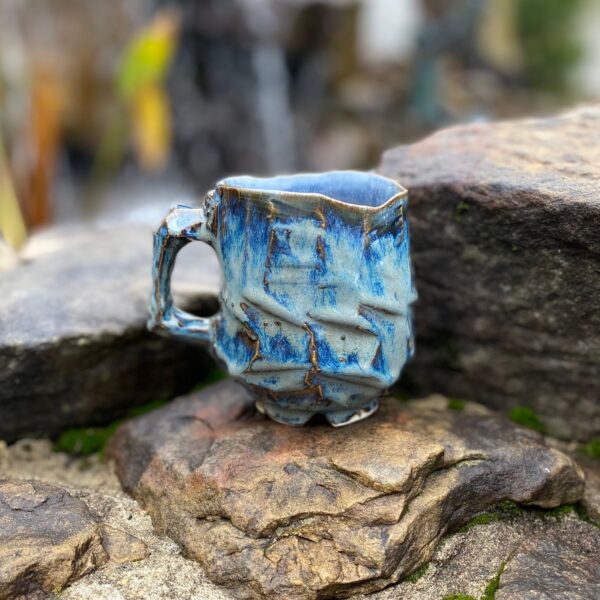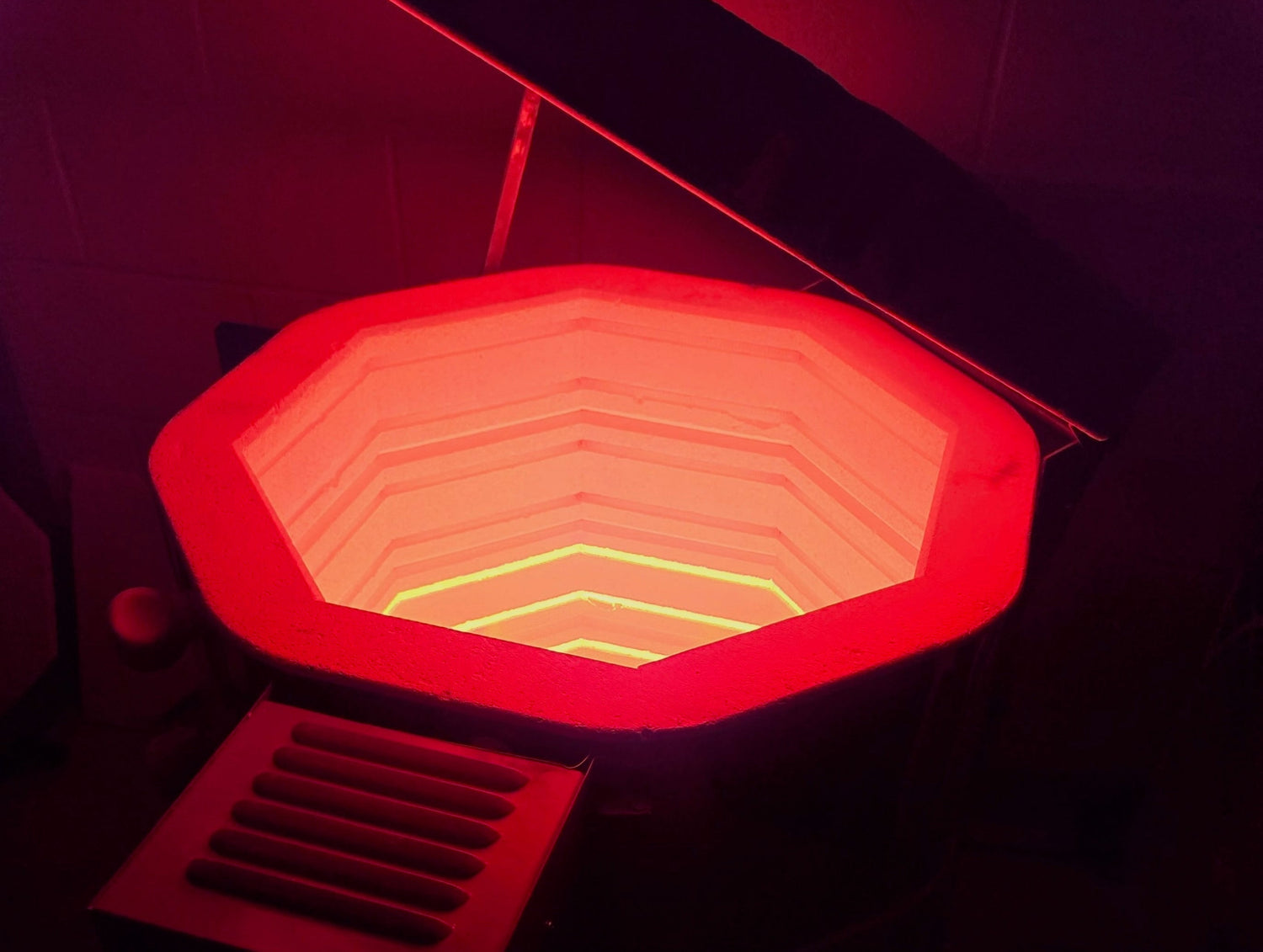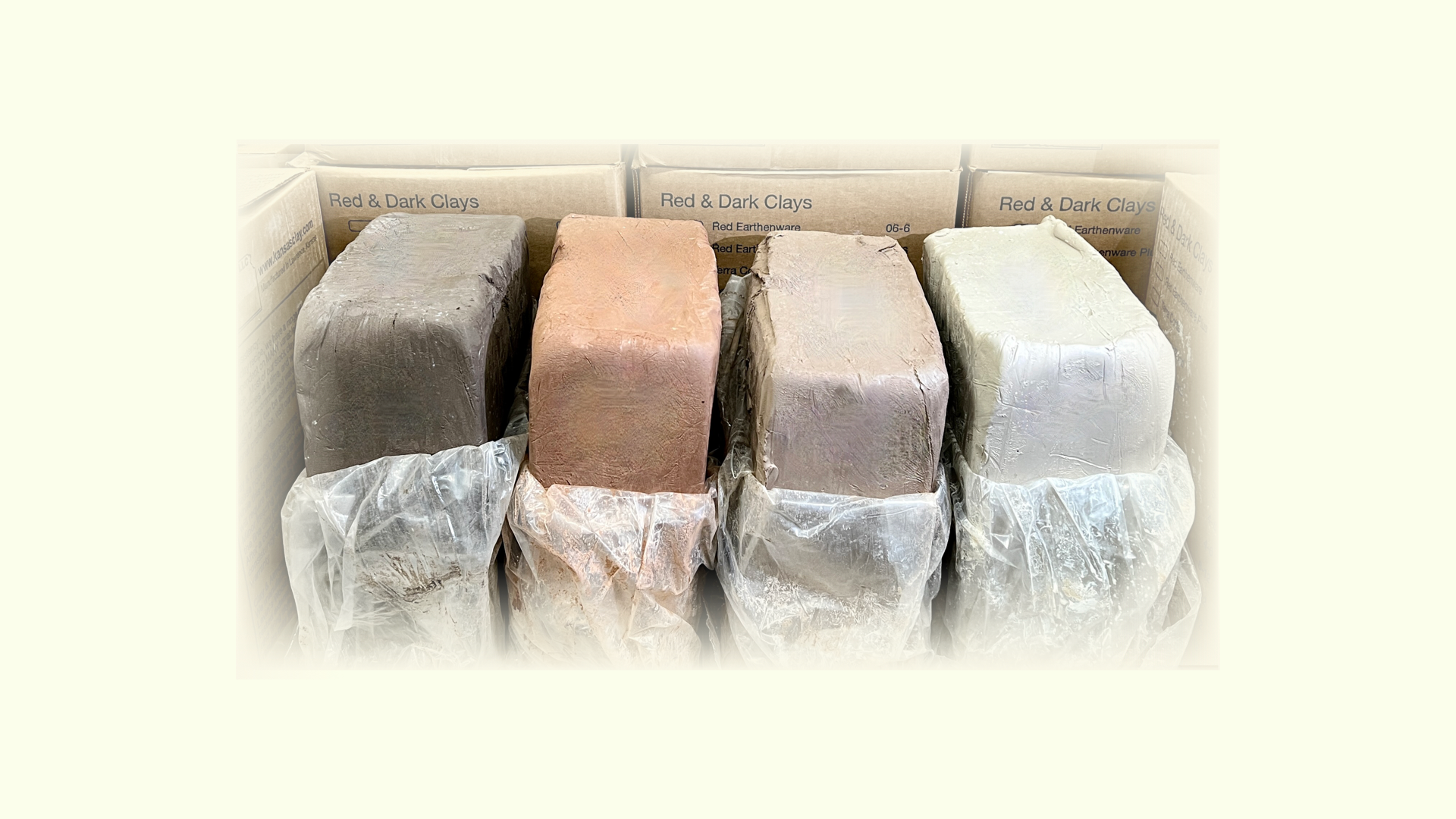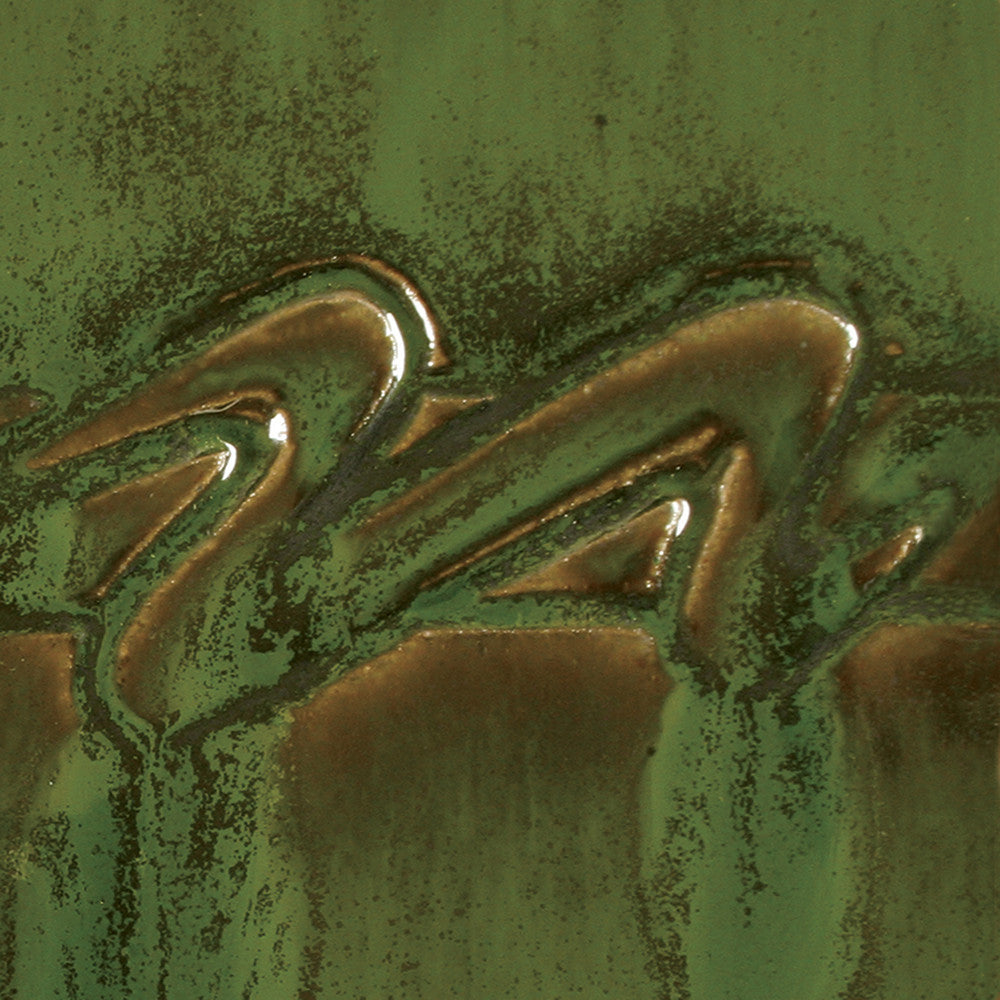Hey Tech Talk friends! Zeynep the kiln repair apprentice here again with some more kiln stuff to blab about, this time specifically oriented towards the University of Kansas's lauded kiln building class that happens every so often (that I am lucky enough to take this semester!)
There are many, many types of kilns out there folks. I am sure I could bore you all to death talking about all the different kinds, so we are just going to focus on the popular few.
Wood and Charcoal kilns
Woodfired kilns — like the famous anagama kiln — are one of the oldest types of kiln, developed in Eastern Asia in the 5th century A.D. or so. Common wood kilns from that area are the anagama and noborigama (and a few others, like the makigama or the tamba tube kiln). These ancient kilns are typically tunnel-like and built into the side of a slope. Often, these are crossdraft kilns! These rely on wood as fuel, creating unique natural ash glazes and unpredictable, beautiful results due to the interaction of flame and ash with the ware. They require significant time and effort to fire, with firings lasting anywhere between 7 to 10+ days. Monitoring and wood often need to be added to the fire 24 hours a day.
In other parts of the world, you might see wood or charcoal-burning bottle kilns (updraft), unique pit-fired kilns (the oldest form of firing), and beehive kilns.
There are also other types of more modern and efficient wood kilns like the train kiln and various modifications on that kiln design, first created by John Neely around 30 years ago.

Tozan-style anagama kiln built in British Columbia by Yukio Yamamoto in 1998.

The anagama kiln out on KU's west campus was built by students and faculty in 1999.

Train kiln built by Ted Neal, original plans by John Neely.
Gas kilns
Gas kilns are usually updraft or downdraft kilns, depending on the design. For example, Geil gas kilns are downdraft kilns and Alpine gas kilns are updraft! Many have burners and burner systems, and work on the idea that much of the oxygen in the kiln atmosphere will be reduced throughout various points in the firing. This causes what is known as a reduction atmosphere, which has various effects on the glaze and clay that some people may prefer. When there is not enough oxygen to fully burn the fuel, a carbon-rich atmosphere is created and this limited oxygen pulls oxygen atoms from the clay and glazes, causing chemical changes that result in distinct colors and textures. We love gas kilns for those beautiful copper reds, iron-rich tenmokus, and blue celadons that this environment creates!

The Lawrence Arts Center loading their Geil gas kiln for their annual Souper Bowl Fundraiser.

Updraft gas kiln diagram.
Electric kilns
This one we all know well, and may have a love/hate relationship with (love when it's working, hate when it's not!)
We talked a little bit about electric kiln theory in our last blog, you can find that here. Electric kilns are basically big toaster ovens, as Dave likes to put it — especially manual kilns with infinite control switches. These do not rely on burning fuel, combustion, or draft direction in the kiln. The firing in electric kilns is basically the radiant heat produced by the conversion of electric energy into heat energy via resistance elements (Fred Olson's The Kiln Book, 207). While you can add a downdraft vent onto these kilns to help with heat distribution, they don't rely on a draft for heat production at all. These will often have a polygonal shape, or they will be a cube or rectangle in some cases.

Julia Marois, in Cone Art's 2025 Catalog

Electric Kiln diagram made by @oldforgecreations








